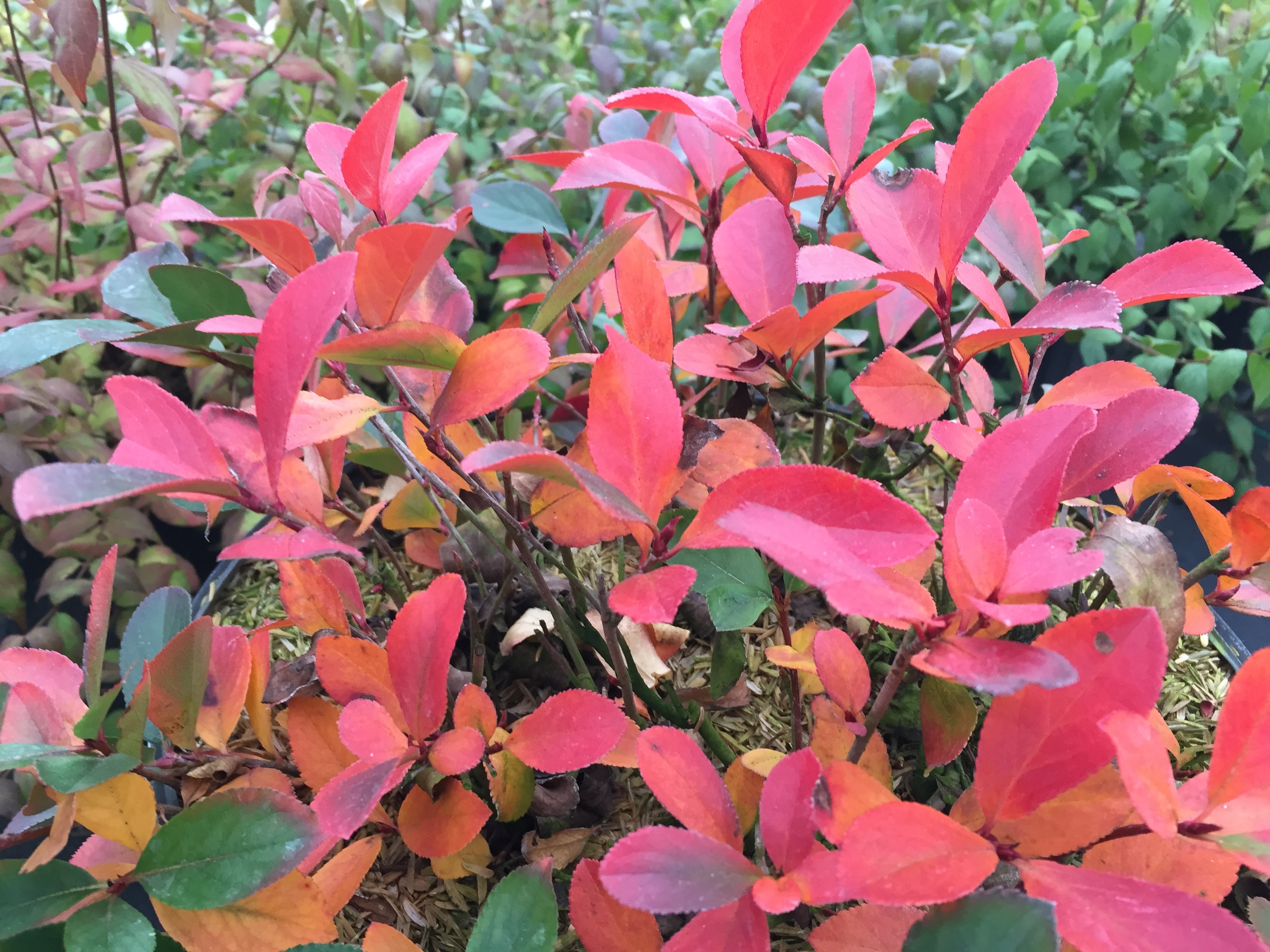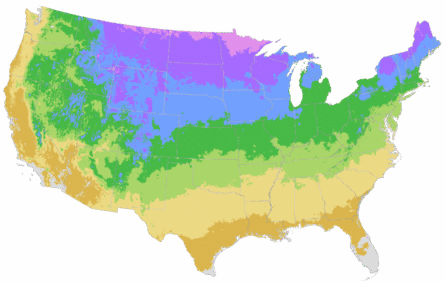You're growing in this Zip Code:
Change LocationDiscover Plants for Your Area
Low Scape Mound® Chokeberry
Aronia melanocarpa 'UCONNAM165' PP #28,789; CPBR #CPBRAF
Retailers Near You
No Retailers found within 50 miles of your zipcode
Be Inspired: How to Use this Plant
| Bloom Time | Mid-spring |
|---|---|
| Deciduous/Evergreen | Deciduous |
| Special Features | Easy Care, Fall Color, Ornamental Berries, Edible, Compact Form, Benefits Birds |
| Problems/Solutions | Deer Resistant, Drought Tolerant, Very Wet Areas |
| Growth Rate | Moderate |
| Flower Attributes | Showy Flowers |
| Patent Act | Asexual reproduction of plants protected by the Plant Patent Act is prohibited during the life of the patent. |
| Landscape Use | Border, Container, Ground Cover, Edging |
| Flower Color | White |
| Foliage Color | Green |
| Companion Plants | Eastern Redbud (Cercis canadensis); Dogwood (Cornus); Elderberry (Sambucus); Serviceberry (Amelanchier); Sweetgum (Liquidambar) |
| Care Instructions | Highly adaptable to a wide range of conditions, including boggy soils. Best berry production in full sun. Water deeply, regularly during first growing season to establish an extensive root system; tolerates dry spells, once established. Blooms on old wood; prune only as needed to shape. Remove suckers to control unwanted spread. |
| Lore | This native shrub is grouped into the rose family. It enjoys an enormous range throughout the eastern United States north into Canada. It's habitat is wet woods and swamps illustrating it's preference for damp conditions. While the astringent fruit is not desirable as fresh fruit, it makes wonderful jams and jellies. |
| Bloom Time | Mid-spring |
|---|---|
| Deciduous/Evergreen | Deciduous |
| Special Features | Easy Care, Fall Color, Ornamental Berries, Edible, Compact Form, Benefits Birds |
| Problems/Solutions | Deer Resistant, Drought Tolerant, Very Wet Areas |
| Growth Rate | Moderate |
| Flower Attributes | Showy Flowers |
| Patent Act | Asexual reproduction of plants protected by the Plant Patent Act is prohibited during the life of the patent. |
| Landscape Use | Border, Container, Ground Cover, Edging |
|---|---|
| Flower Color | White |
| Foliage Color | Green |
| Companion Plants | Eastern Redbud (Cercis canadensis); Dogwood (Cornus); Elderberry (Sambucus); Serviceberry (Amelanchier); Sweetgum (Liquidambar) |
| Care Instructions | Highly adaptable to a wide range of conditions, including boggy soils. Best berry production in full sun. Water deeply, regularly during first growing season to establish an extensive root system; tolerates dry spells, once established. Blooms on old wood; prune only as needed to shape. Remove suckers to control unwanted spread. |
|---|
| Lore | This native shrub is grouped into the rose family. It enjoys an enormous range throughout the eastern United States north into Canada. It's habitat is wet woods and swamps illustrating it's preference for damp conditions. While the astringent fruit is not desirable as fresh fruit, it makes wonderful jams and jellies. |
|---|
Retailers Near You
No Retailers found within 50 miles of your zipcode
Retailers Near You
No Retailers found within 50 miles of your zipcode
Buy Online
We cannot currently ship this product to your zip code.
About Us
We have been pioneers and craftsmen in the art of growing plants for nearly
100 years. Since our founding in Southern California by Harry E. Rosedale, Sr.
in 1926, we have been absolutely dedicated and obsessed with quality.
We have been pioneers and craftsmen in the art of growing plants for nearly 100 years. Since our founding in Southern California by Harry E. Rosedale, Sr. in 1926, we have been absolutely dedicated and obsessed with quality.








